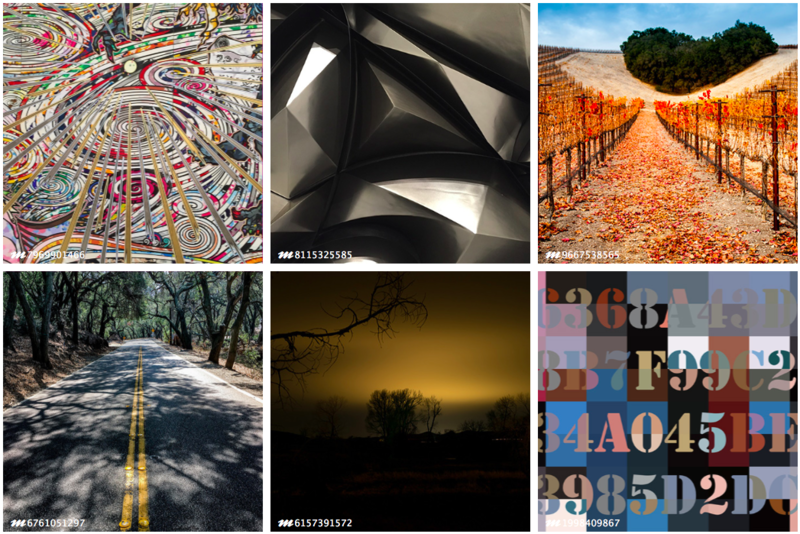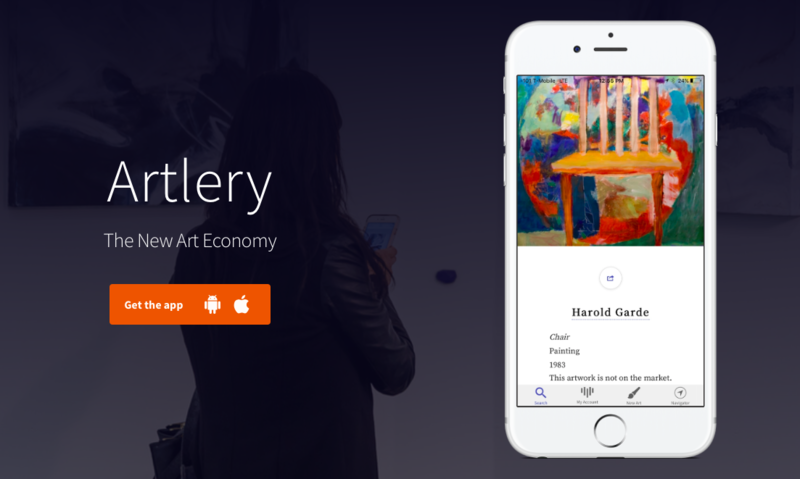The Future of the Art Market: Synthetic DNA
Part 2
Blockchain and cryptocurrencies have the potential to disrupt the ordinary flow of business in a profound way. Many are wary of these technologies and their growing prevalence in society. However, the steady growth of demand for secure and affordable means to digitally authenticate art is seeing a rise in the number of firms working in this field.
Increasing the art market’s transparency
Ascribe, Monegraph and Artbyte, among many others, have aimed to increase the art market’s level of transparency to a standard comparable to that of the publishing and music industries.
Ascribe specialises in the burgeoning marketplace for digital art and photography, while its competitor, Monegraph, focuses on a variety of digital content creation. Artbyte presents a similar model to Artlery’s (as explored in Part 1), with the additional prerequisite of giving community members the opportunity to “tip” favourite artists with the community’s own digital currency, called ArtBytes.

A selection of works from creators on Monegraph. Image courtesy Monegraph.com
As we discussed in Part 1, artworks can be allocated a unique identification tag, allowing every piece to be verifiable and ensuring confidence in every transaction. Yet, how would a physical art object correspond securely with digital software? In other words, what method of authentication would give an artwork its own signature that would link it to an online blockchain?
For works to be catalogued on a digital, decentralised archive, a sophisticated mode of physical encryption would need to exist. There are a number of companies within the industry developing hardware to meet this demand.
The “chainmark”

Artlery claims to be ‘The New Art Economy’. Image courtesy Artlery.com
George McDonaugh, a blockchain entrepreneur, together with a company named Norman Ventures, has created a prototype for a “chainmark”: a complicated mixture of different-coloured materials that can be placed on the side of a painting. This produces a unique “fingerprint”, which can be “hashed” onto a blockchain. Should the chainmark get damaged, it would reveal that a work has been tampered with.
Commercially manufactured canvases – targeted towards both professionals and hobbyists – could also be tagged with a chainmark. An article in The Art Newspaper gives this example: “Imagine you’re a young art student and you go onto Amazon to buy a canvas. You could have the choice between a blockchainable canvas that attributes it to you forever, or just a regular one.”
Digital media art is the artistic medium perhaps most suited for blockchain tech. Artists using this medium may, as a result, be the first to benefit from cryptocurrencies. Companies, such as MovingPictures.Gallery, are beginning to create services that seamlessly link this art form with cryptocurrencies and smart contracts. MovingPictures.Gallery is an artist-run digital art gallery. It presents live audiovisual performances, then editions them via a blockchain. They “hash” cryptographic stamps of each irreplicable work with its unique digital fingerprint; thus preventing the reproduction of inauthentic replicas.
Another secure, technologically advanced means of tagging art involves the use of synthetic DNA. Companies, such as the London-based Tagsmart, have developed a way to label works with a unique, bioengineered DNA code. The tags would have multiple security features and enable a forensic level of authentication. They claim to be tamper-proof, easy to apply and affordable.
Galleries, auction houses, collectors and other industry professionals who are equipped with scanners, would be able to access a database of information tied to each DNA marker, verifying the legitimacy of a piece and its owners’ history. This could assure buyers that a piece was neither stolen nor tampered with throughout the course of its history. This information could then correspond with a digital ledger in the form of a blockchain for heightened security.
As Artnet reports, DNA technology has been endorsed by artists such as Gary Hume, Mark Quinn and Mat Collishaw.
These are not, of course, the only artists interested in digitally advanced techniques of authentication. As these technologies have amassed popularity, many artists have begun to use forms of cryptocurrencies and blockchain as subject matter and even their medium.
Learn more here: The Future of the Art Market: Part 3.
Cover image: Sarah Meyohas, Speculation, 2016. Image courtesy the artist.
Author: George Greenhill
